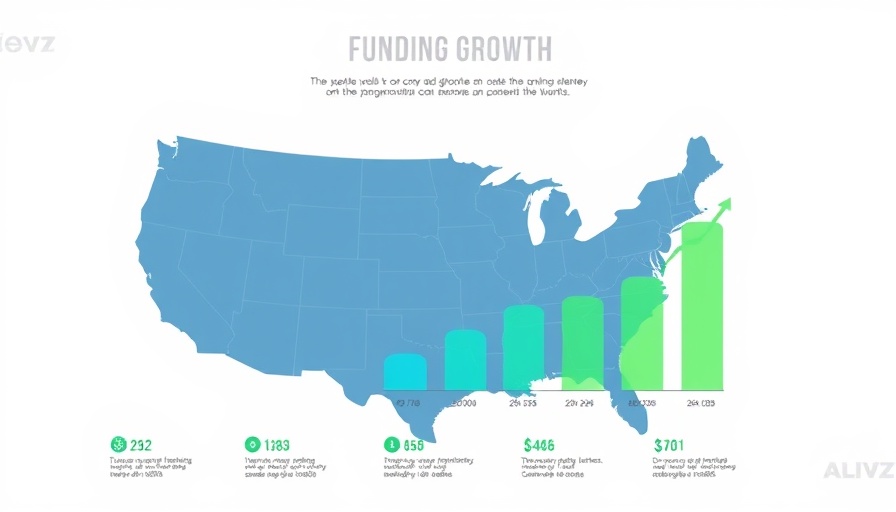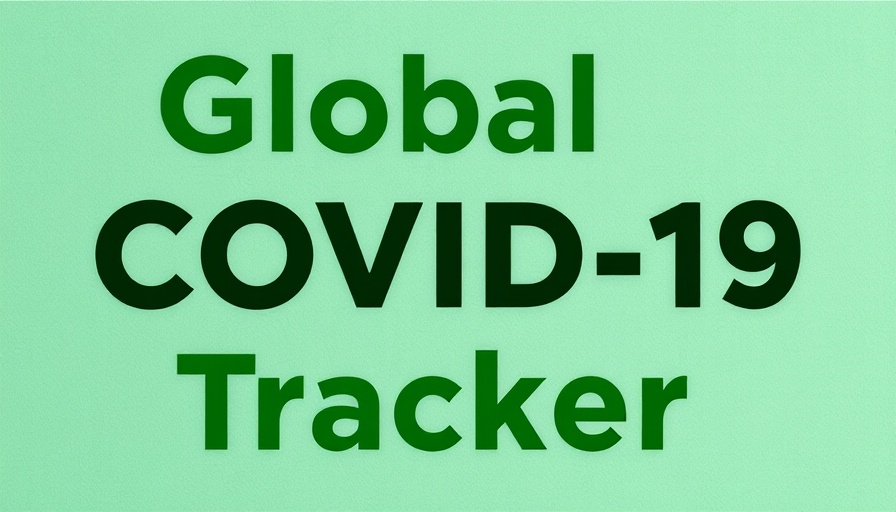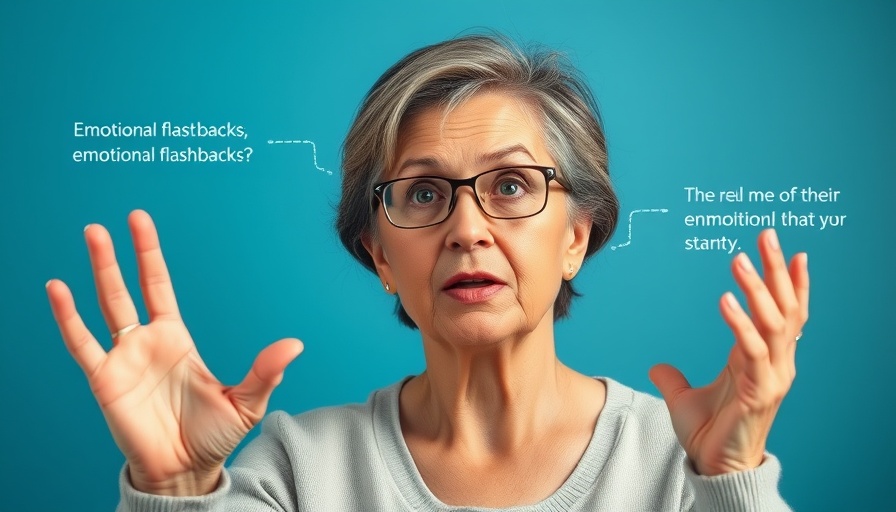
Tracking Progress: Ending the HIV Epidemic
The Ending the HIV Epidemic Initiative (EHE) is a crucial federal effort aiming to significantly reduce new HIV infections across the United States. Launched in 2019, this initiative seeks a 75% reduction in new cases within five years and a remarkable 90% reduction in ten years. Building on previous efforts from the Obama era, it continues under the Biden administration, emphasizing a collaborative approach to tackle one of the most pressing health crises.
The Target Areas: Where Focus Meets Need
EHE primarily targets 48 counties with the highest rates of HIV diagnoses from 2018, alongside San Juan, Puerto Rico, and parts of Washington D.C. Notably, this initiative is designed to address rural HIV cases in seven key states. This strategic focus means that funding and resources are channeled where they are needed most, enhancing the personal connection between the initiative and the communities it serves.
Funding Insights: An Overview of Fiscal Commitment
The financial backbone of the EHE is substantial, with a total of $2.33 billion allocated from 2019 to 2024. Although funding rose steadily in previous years, it plateaued in FY 2024 and faces a potential decrease for FY 2025. This raises questions about the sustainability of efforts to fight HIV and the potential effects on local jurisdictions that rely heavily on these funds.
Why This Matters: Understanding the Human Impact
For many insured and uninsured citizens, the implications of this funding and initiative can be profoundly personal. Investing in EHE is not just about numbers; it's about real lives. Improved healthcare access, awareness campaigns, and treatment options can drastically alter communities ravaged by HIV. As the data on funding rolls in, the impact on public health initiatives and local stories of triumph and perseverance in battling HIV become apparent.
Taking Action: Get Informed
As we continue to monitor the progress of EHE and its accompanying funding, it's essential for community members to stay informed. Understanding how this initiative impacts our neighborhoods can foster more substantial connections and advocacy efforts, making our collective voices stronger in promoting health equity. The fight against HIV is far from over, but together, we can envision a future with fewer new infections and brighter, healthier lives for all.
 Add Row
Add Row  Add
Add 




Write A Comment